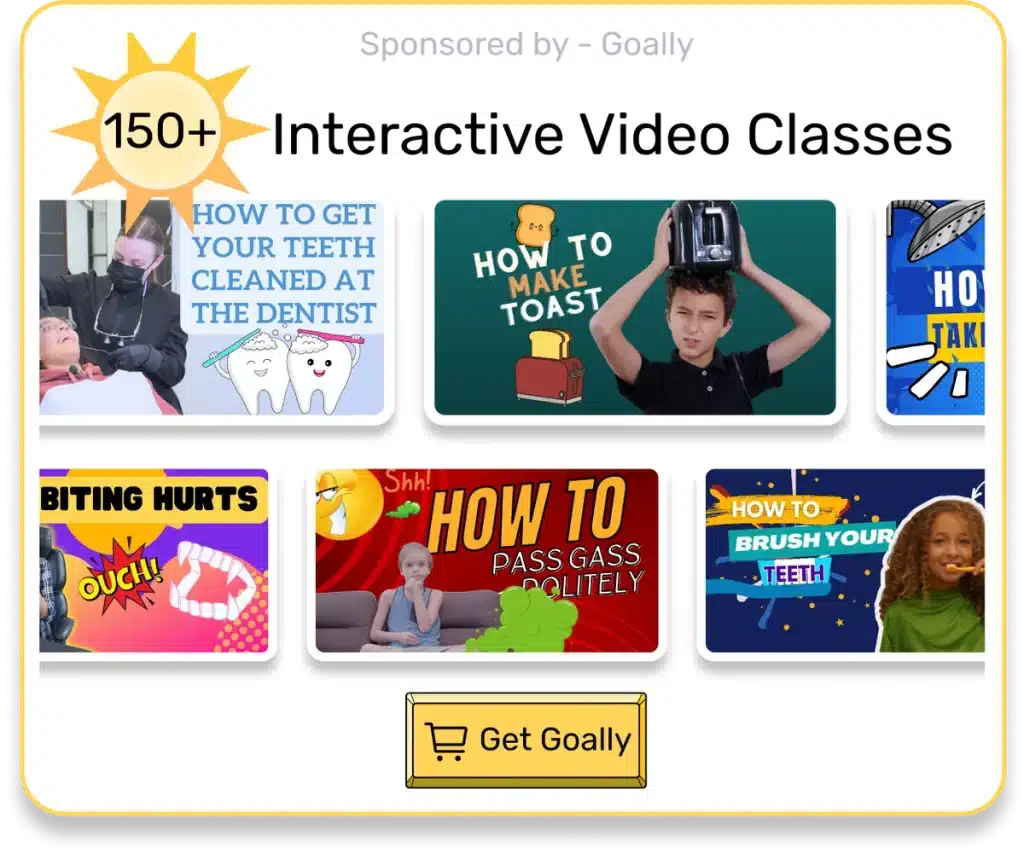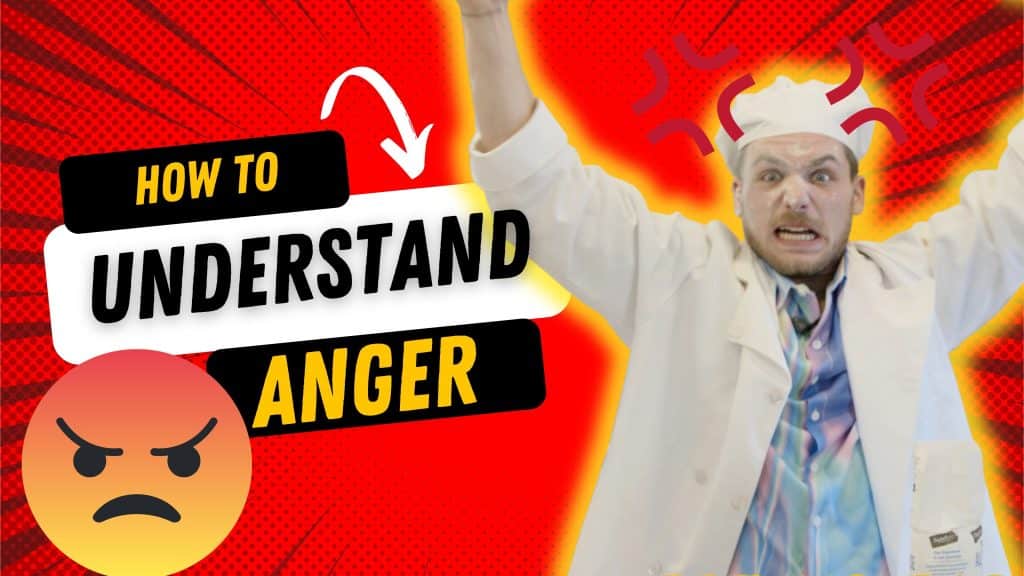As parents, we know that children experience various emotions, including anger. It can be challenging to work through these emotions and help our kids understand and manage their anger effectively. In this How-To guide, we will give you with step-by-step instructions on how to teach your children the critical life skill of understanding anger. By breaking down this skill into bite-sized steps, we can empower our kids to recognize and react to anger healthily and constructively. So, let’s dive in and equip our kids with the tools they need to confidently navigate their emotions.
Table of Contents
| Step | Description |
|---|---|
| 1 | Recognize the physical and emotional signs of anger |
| 2 | Take a pause and practice deep breathing |
| 3 | Express feelings using “I” statements |
| 4 | Develop empathy and consider others’ perspectives |
| 5 | Identify triggers and explore alternative perspectives |
Step 1: How to Recognize Anger?
Recognizing anger is the first step in understanding this complex emotion. Start by teaching your kids to identify the physical and emotional signs of anger. These signs may include a flushed face, clenched fists, raised voice, or feelings of frustration. Encourage your kids to pay attention to their bodies and emotions, helping them understand that anger is a normal and natural response to certain situations.

Goally | Best Videos to Teach Life Skills
Give your kid an independent future. Goally has 100+ video classes teaching life skills like “How to Choose a Restaurant,” “How to Interrupt Politely,” and “How to Get Ready for School.”
Goally takes kids on an adventure that includes interactive practice and checkpoints along the way! No web browsers, YouTube, or social media.
To further reinforce this concept, engage your kids in discussions about anger. Ask them questions like, “How does anger feel in your body?” or “Can you think of a time when you felt angry?” This will help them develop self-awareness and recognize anger when it arises.
Read more: Kids With Anger Issues | Parents Guide
Step 2: How Should We React to Anger?
Once your kids can recognize anger, teaching them how to react healthily and constructively is crucial. Start by emphasizing the importance of taking a pause when they feel angry. Please encourage them to step back, take a deep breath, and count to ten. This simple technique can help them gain control over their emotions and prevent impulsive reactions.

Read more: Why is My ADHD Child So Angry?
Next, teach your kids the power of communication. Encourage them to express their feelings using “I” statements, such as “I feel angry when…” or “I need some space right now.” By teaching them to communicate their emotions assertively, you empower them to express themselves without resorting to aggression or hostility.
Additionally, help your kids understand the concept of empathy. Please encourage them to put themselves in someone else’s shoes and consider how their actions might affect others. This empathy will help them develop understanding and compassion, even amid anger.
Step 3: Why Are We Angry?
Understanding the cause of anger is important for effective anger management. Teach your kids that anger is often a response to unmet needs or perceived injustices. Help them identify the triggers that lead to their anger, whether feeling ignored, experiencing disappointment, or facing a challenging situation.
Encourage your kids to reflect on their anger triggers and explore alternative perspectives. For example, if they feel angry because a friend didn’t invite them to a party, help them consider that their friend may have had limited space or other reasons for not extending an invitation. By encouraging empathy and understanding, you can help your kids develop a more balanced view of the situations that trigger their anger.

Understanding anger is a vital life skill that we can teach our kids. By breaking down the process into manageable steps, we can empower them to recognize anger, react healthily, and understand its underlying causes. Remember, practice and patience are vital in helping our kids navigate their emotions effectively. With guidance and support, we can equip them with the tools they need to become emotionally resilient individuals.
To further support your child’s learning journey, we encourage you to explore Goally’s dedicated Tablet, where you can unlock the rest of the video lessons that teach “understanding anger.” The embedded YouTube video in this blog covers step #1. Still, the complete series will provide your child interactive practice and feedback to reinforce their understanding of this vital life skill. Let’s empower our kids to navigate their emotions and become confident, empathetic individuals.
FAQ’s About Understanding Anger
What is Goally's approach to understanding anger in kids? Goally uses task analysis to break down understanding anger into step-by-step video classes for kids. How does Goally help kids recognize anger? Goally's video classes guide kids to identify physical and emotional signs of anger, promoting self-awareness. Can Goally teach kids how to react to anger? Yes, Goally's interactive video classes provide strategies for kids to manage their reactions to anger healthily. Does Goally help in understanding why kids get angry? Absolutely, Goally's classes explore the root causes of anger, helping kids identify their triggers and manage them effectively.

Goally
We help parents teach their kids life skills, like doing bedtime and morning independently. Backed by science, we incorporate evidence-based practices and expert-informed designs in all of our apps and content.






